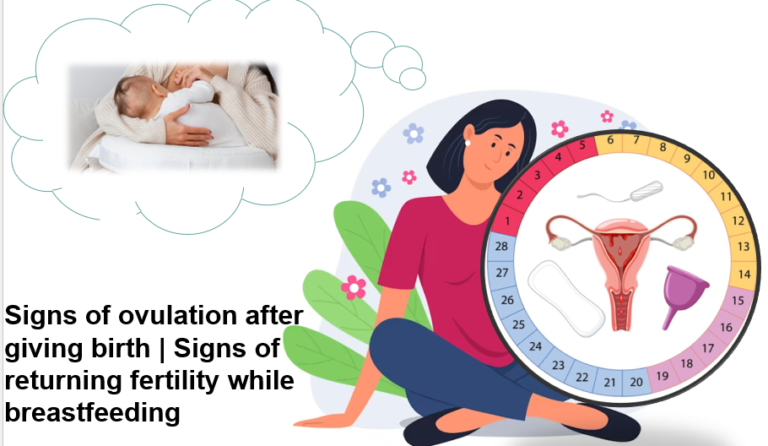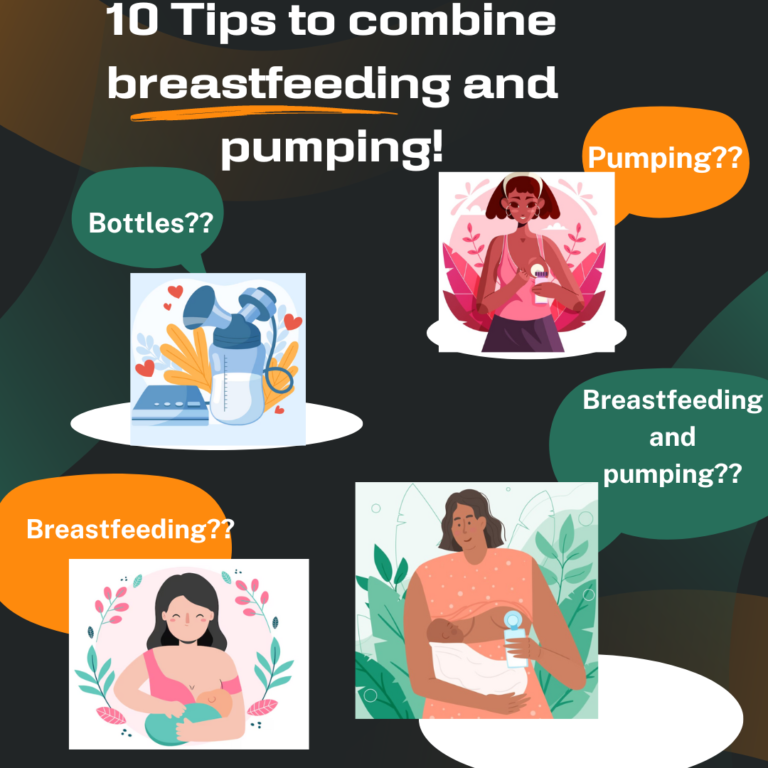Understanding Mammary Hypoplasia and Impact on Breastfeeding women’s

Breastfeeding is a beautiful and natural way for mothers to nourish their babies. However, for some women, the journey of breastfeeding can be marred by challenges, one of which is Mammary Hypoplasia, often referred to as tuberous breasts. In this blog, we will delve into this topic, how it affects breastfeeding, and what mothers can do to navigate this condition.

What is Mammary Hypoplasia?
Mammary Hypoplasia, also known as tuberous breasts, is a congenital condition where the breasts don’t fully develop during puberty. Women with this condition often have breasts that appear narrow at the base, with a conical or tube-like shape. Tuberous breasts may be widely spaced apart and may lack fullness in the upper part of the breast.
What is the Impact of Mammary Hypoplasia (Tuberous Breasts) in Breastfeeding women’s
Mammary Hypoplasia can significantly affect a woman’s ability to breastfeed effectively. Here are some of the challenges it presents:
- Low Milk Supply: Tuberous breasts often have underdeveloped glandular tissue, which results in a reduced milk supply.
- Difficulty with Latching: Babies may have difficulty latching onto the breast due to the shape and size of the breasts, making it challenging for them to effectively extract milk.
- Emotional Stress: Coping with the disappointment and frustration of not being able to breastfeed as expected can lead to emotional stress for mothers.
Breastfeeding Strategies for Mammary Hypoplasia

While managing Mammary Hypoplasia during breastfeeding can be challenging, it’s not impossible. Here are some strategies that may help:
- Consult a Lactation Consultant: Seek guidance from a qualified lactation consultant who can provide personalized advice and support.
- Supplement as Needed: It’s often necessary to supplement breastfeeding with formula or donor milk to ensure your baby receives sufficient nutrition.
- Frequent Nursing and Pumping: Frequent nursing sessions and efficient pumping can help stimulate milk production.
- Breast Massage and Compression: These techniques can assist in improving milk flow.
When to contact the healthcare professional?
Coping with the challenges of Mammary Hypoplasia and breastfeeding can be emotionally taxing. Seek support from healthcare professionals, support groups, or therapists to manage stress and anxiety.
Conclusion
Mammary Hypoplasia (tuberous breasts) can present unique challenges for breastfeeding mothers, but with the right support and strategies, many can still provide valuable nutrition and bonding through breastfeeding.
Remember that every breastfeeding journey is unique, and seeking professional guidance can make a significant difference. Despite the challenges, the love and care you provide to your baby are what truly matter in the end.
3 FAQ’s
- Can I breastfeed with Mammary Hypoplasia (tuberous breasts)?
Yes, it’s possible to breastfeed , but it may require extra effort and supplementation due to the potential for a low milk supply.
2. Will my baby get enough nutrition if I have tuberous breasts?
Babies may require supplementation with formula or donor milk to ensure they receive adequate nutrition, in addition to breastfeeding.
3. Is surgery an option to correct tuberous breasts and improve breastfeeding outcomes?
Breast surgery can sometimes be considered to address the cosmetic aspects of tuberous breasts, but it may not guarantee improved breastfeeding ability. Consult with a qualified surgeon and a lactation consultant before considering any surgical options during your breastfeeding journey.
















+ There are no comments
Add yours